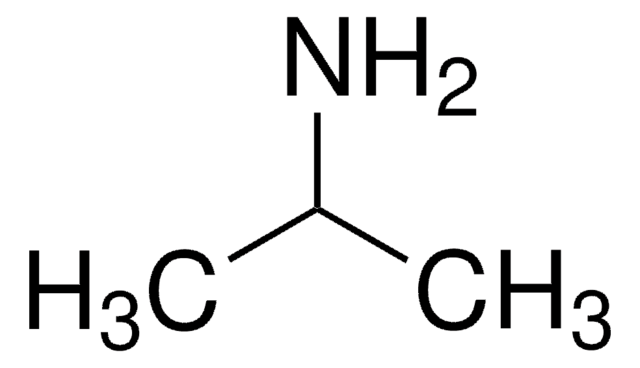239763-M
Cycloheximide
Cycloheximide, CAS 66-81-9, is an antifungal antibiotic that inhibits protein synthesis in eukaryotes but not prokaryotes.
Sinónimos:
Cycloheximide
About This Item
Productos recomendados
Nivel de calidad
Análisis
≥90% (by assay)
formulario
powder
fabricante / nombre comercial
Calbiochem®
condiciones de almacenamiento
OK to freeze
color
white to brown
temp. de almacenamiento
room temp
InChI
1S/C15H23NO4/c1-8-3-9(2)15(20)11(4-8)12(17)5-10-6-13(18)16-14(19)7-10/h8-12,17H,3-7H2,1-2H3,(H,16,18,19)/t8-,9-,11-,12+/m0/s1
Clave InChI
YPHMISFOHDHNIV-FSZOTQKASA-N
Descripción general
Advertencia
Otras notas
Lu, Q. and Mellgreen,R.L. 1996. Arch. Biochem. Biophys.334, 175.
Chow, S.C., et al. 1995. Exp. Cell Res.216, 149.
Waring, P. 1990. J. Biol. Chem.265, 14476.
Obrig, T.G., et al. 1971. J. Biol. Chem.246, 174.
Pestka, S. 1971. Annu. Rev. Microbiol.25, 487.
Información legal
Palabra de señalización
Danger
Frases de peligro
Consejos de prudencia
Clasificaciones de peligro
Acute Tox. 2 Oral - Aquatic Chronic 2 - Muta. 2 - Repr. 1B
Código de clase de almacenamiento
6.1A - Combustible acute toxic Cat. 1 and 2 / very toxic hazardous materials
Clase de riesgo para el agua (WGK)
WGK 3
Punto de inflamabilidad (°F)
Not applicable
Punto de inflamabilidad (°C)
Not applicable
Certificados de análisis (COA)
Busque Certificados de análisis (COA) introduciendo el número de lote del producto. Los números de lote se encuentran en la etiqueta del producto después de las palabras «Lot» o «Batch»
¿Ya tiene este producto?
Encuentre la documentación para los productos que ha comprado recientemente en la Biblioteca de documentos.
Los clientes también vieron
Nuestro equipo de científicos tiene experiencia en todas las áreas de investigación: Ciencias de la vida, Ciencia de los materiales, Síntesis química, Cromatografía, Analítica y muchas otras.
Póngase en contacto con el Servicio técnico









